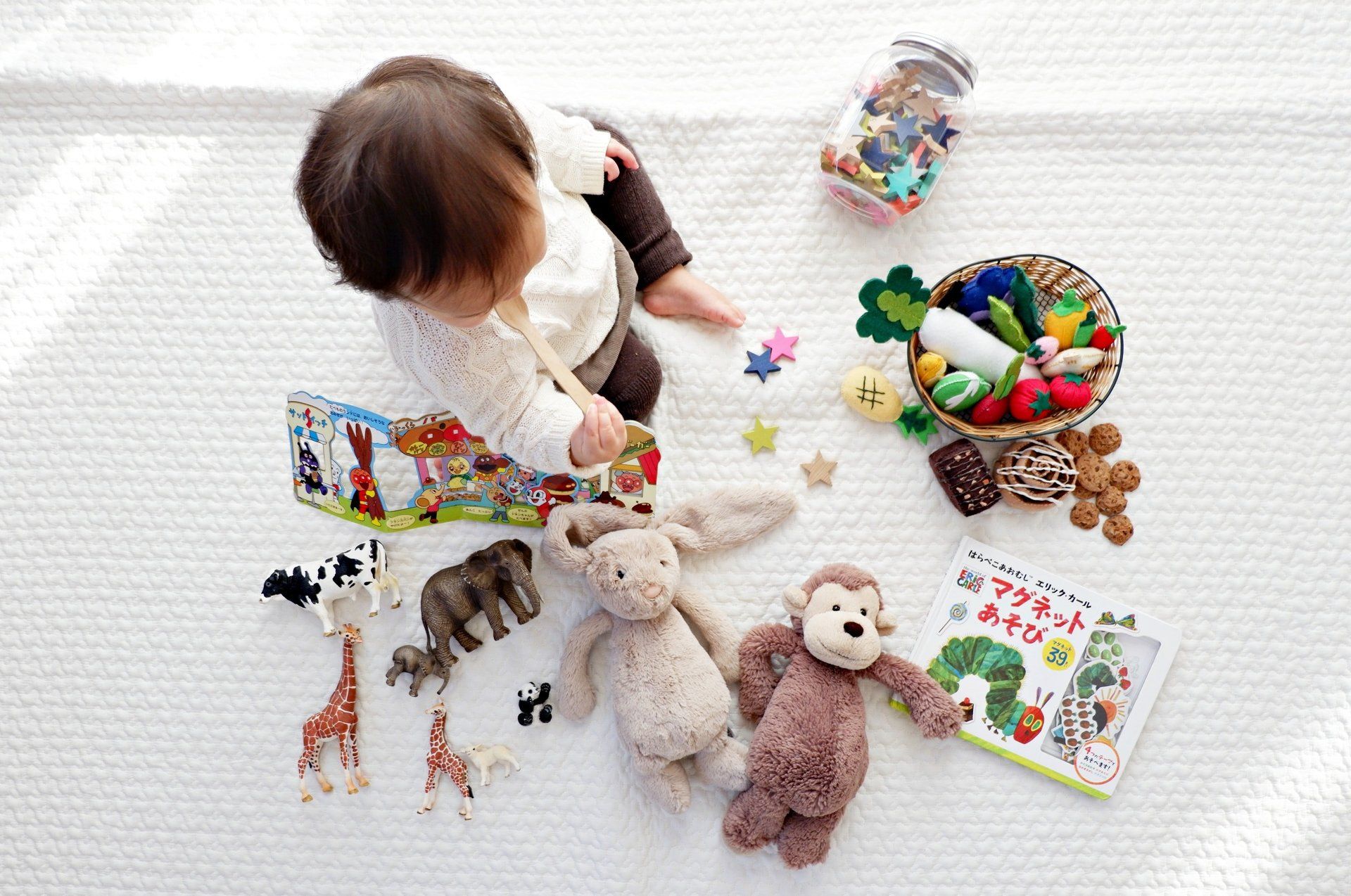Environmental Health Perspectives 2005
Blog Owner • March 1, 2005
85 mothers and sons were tested for phthalates in their urine. The mothers with the highest levels of phthalates in their urine late in their pregnancies produced babies with genital abnormalities. This same effect has been seen in rats, but this is the first evidence that phthalates are causing a similar effect in humans. In rats, “phthalate syndrome” causes a decrease in testosterone levels, lower sperm counts, infertility, and testicular abnormalities in the mature animal.
H. Shanna, S. Swan, K. Main, F. Liu, et al., “Decrease in Anogenital Distance among Male Infants with
Prenatal Phthalate Exposure,”
Environmental Health Perspectives 13, 8 (2005): 1056-1061.

Comprehensive longitudinal studies are important for understanding the complex risk factors, pathways, exposures and interactions that lead to the development and persistence of asthma. We aimed to examine associations between use of household cleaning products in early life and childhood respiratory and allergic disease using data from the Canadian Healthy Infant Longitudinal Development (CHILD) Cohort Study

Fragrance affects us all. For some, it can enhance a moment, invoke a memory, or even improve a mood. As consumers, we seek it out in all kinds of products we use in our everyday lives. And for many of us, there’s a positive sensory experience associated with fragrance. But unfortunately, this may not be without consequence.

America's Children and the Environment (ACE)
America's Children and the Environment (ACE) is EPA's report presenting data on children's environmental health. ACE brings together information from a variety of sources to provide national indicators and related information on the environment and children's health.










